Subtraction is taking away one group from a bigger group. When you subtract you are finding how many are left. You can subtract by counting how many are left. You can also subtract by counting back.
To better understand subtraction…
LET’S BREAK IT DOWN!
Count to find how many cars in all.
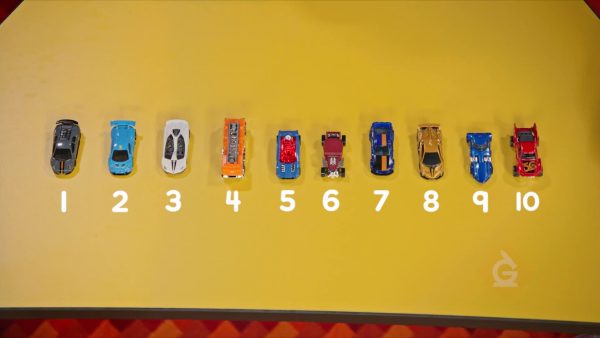
Counting tells you how many you have in all. There are toy cars on a table. Say one number for each car. 1, 2, 3, 4, 5, 6, 7, 8, 9, 10. There are 10 cars on the table.
Count how many baby chicks are left.

There are baby chicks in a nest. Count the chicks to see how many in all. 1, 2, 3, 4, 5. There are 5 chicks in all. Sasha takes 1 chick out of the nest. How many chicks are left? 1, 2, 3, 4. There are 4 chicks left.
Use “–” and “=” to show subtraction.
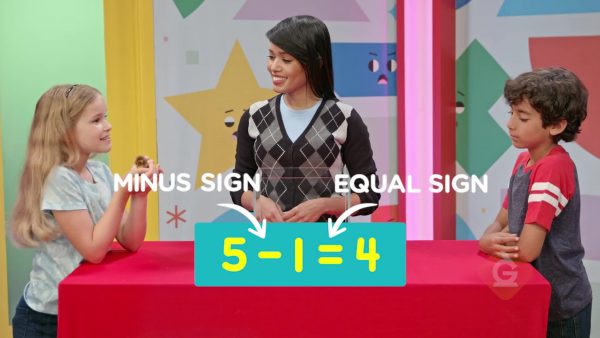
A “–” shows a group being taken away from another group. 5 – 1 = 4. The “–” shows that 1 chick was taken away from a group of 5. The “=” shows that 5 takeaway 1 is equal to 4. There are 4 chicks left.
Use fingers to subtract donuts.
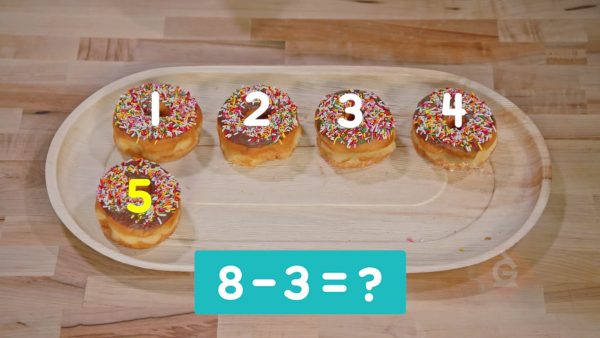
You made 8 donuts. Your family at 3. How many donuts are left? Show 8 with your fingers. Put 3 fingers down. Count how many fingers you still have up:1, 2, 3, 4, 5. There are 5 donuts left. 8 – 3 = 5.
Count back to subtract balloons.
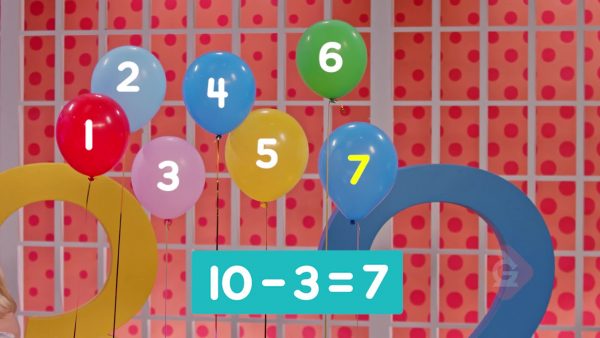
There were 10 balloons. Then 3 balloons popped. How many balloons are left? Start at 10. Count back 3: 9, 8, 7. There are 7 balloons left. 10 – 3 = 7.
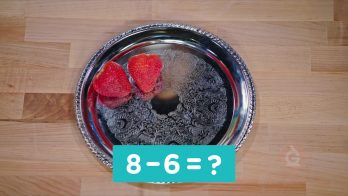








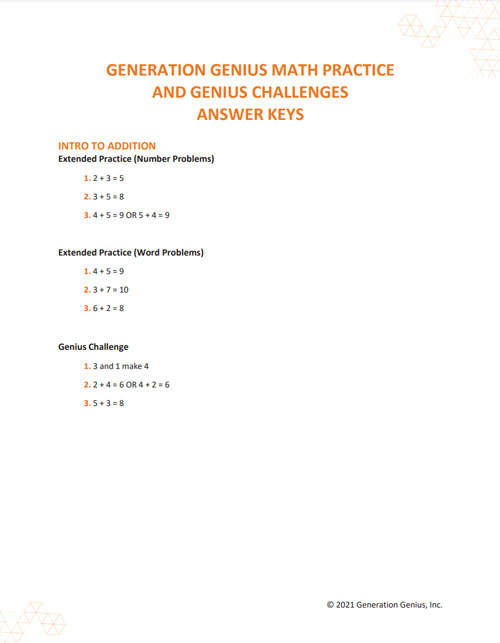























































































































 Select a Google Form
Select a Google Form








